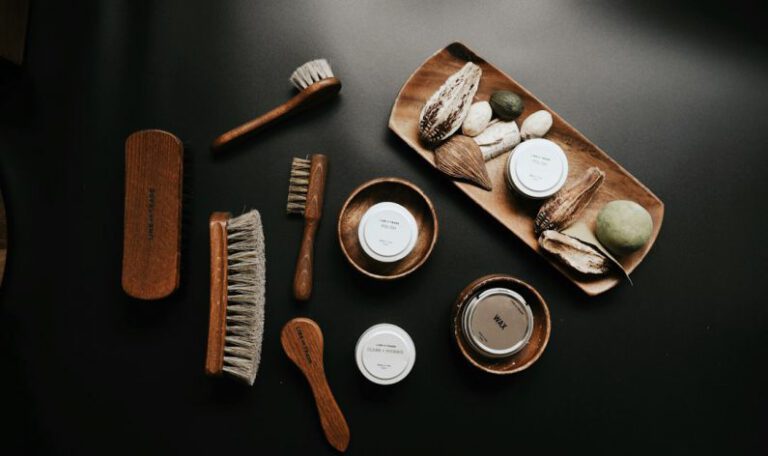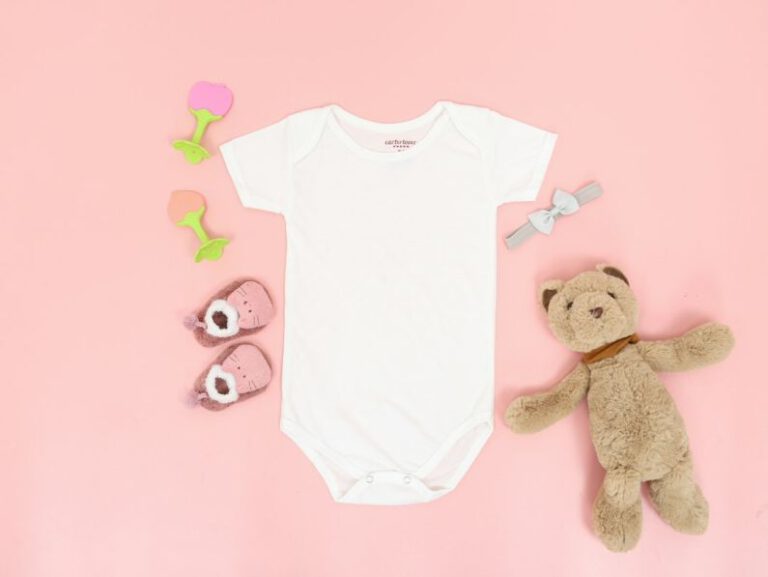Storing Wedding Dresses for Longevity
Every bride dreams of her wedding day, and the wedding dress is often the centerpiece of that dream. But what happens to the dress after the big day? Many brides struggle with the question of how to store their wedding dress to ensure its longevity. In this article, we will explore some tips and tricks for storing wedding dresses for the long term.
Clean Before Storing
Before storing your wedding dress, it is crucial to have it professionally cleaned. Even if your dress appears to be clean, there may be invisible stains or oils that can set in over time and cause damage. By having your dress professionally cleaned, you can ensure that any dirt or stains are removed before storage. This step is essential for maintaining the fabric’s integrity and preventing discoloration.
Choose the Right Storage Materials
When it comes to storing your wedding dress, the materials you use are just as important as the cleaning process. Avoid using plastic bags or containers, as they can trap moisture and promote mold growth. Instead, opt for acid-free tissue paper and a breathable garment bag. Acid-free tissue paper helps to prevent yellowing and deterioration, while a breathable garment bag allows air circulation and prevents moisture buildup.
Store in a Cool, Dry Place
The environment in which you store your wedding dress plays a significant role in its preservation. Ideally, your dress should be stored in a cool, dry place away from direct sunlight and extreme temperature changes. Basements and attics are generally not recommended due to their fluctuating humidity levels. Instead, consider using a spare closet or a dedicated storage area that meets the criteria of being cool and dry.
Avoid Hanging for Long Periods
While it may be tempting to hang your wedding dress, especially if it has a voluminous skirt, it is generally not recommended for long-term storage. Hanging a dress for an extended period can cause stress on the fabric, leading to stretching and distortion of its shape. If you must hang your dress temporarily, make sure to use a padded hanger to distribute the weight evenly.
Revisit and Refold Periodically
Over time, fabrics can become brittle and develop creases or folds. To prevent permanent damage, it is crucial to revisit your stored wedding dress periodically and refold it. Gently unfold the dress, smooth out any creases, and refold it along different lines to distribute the stress on the fabric. This simple step can help maintain the dress’s structure and prevent permanent damage.
Consider Professional Preservation
If you want to ensure the utmost care for your wedding dress, you may want to consider professional preservation services. These services involve placing your dress in a specialized preservation box that is acid-free and designed to protect against light, moisture, and insects. Professional preservation can be a worthwhile investment, especially if you plan to pass your dress down as a family heirloom.
Conclusion: Cherish the Memories
Your wedding dress holds memories that are irreplaceable. By following these tips for storing your wedding dress, you can help ensure its longevity and preserve those cherished memories for years to come. Remember to clean before storing, choose the right storage materials, store in a suitable environment, avoid hanging for long periods, and revisit and refold periodically. With proper care, your wedding dress can remain a beautiful reminder of your special day for generations to come.






